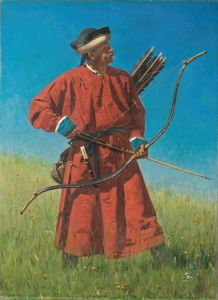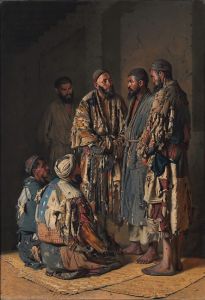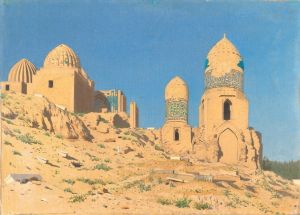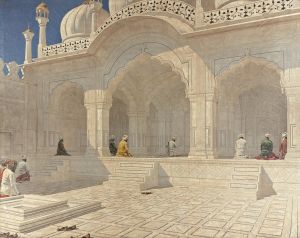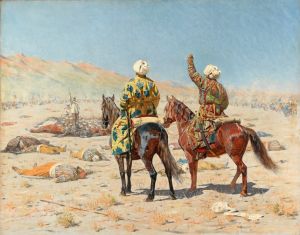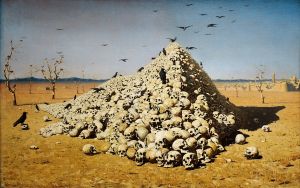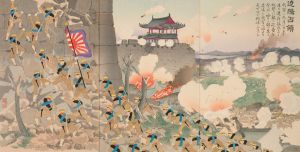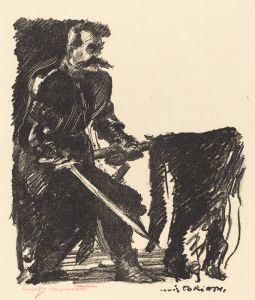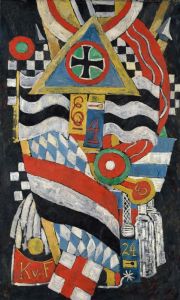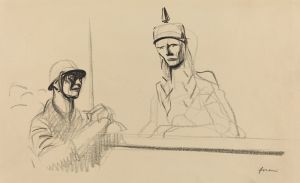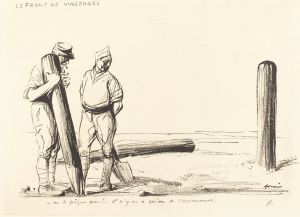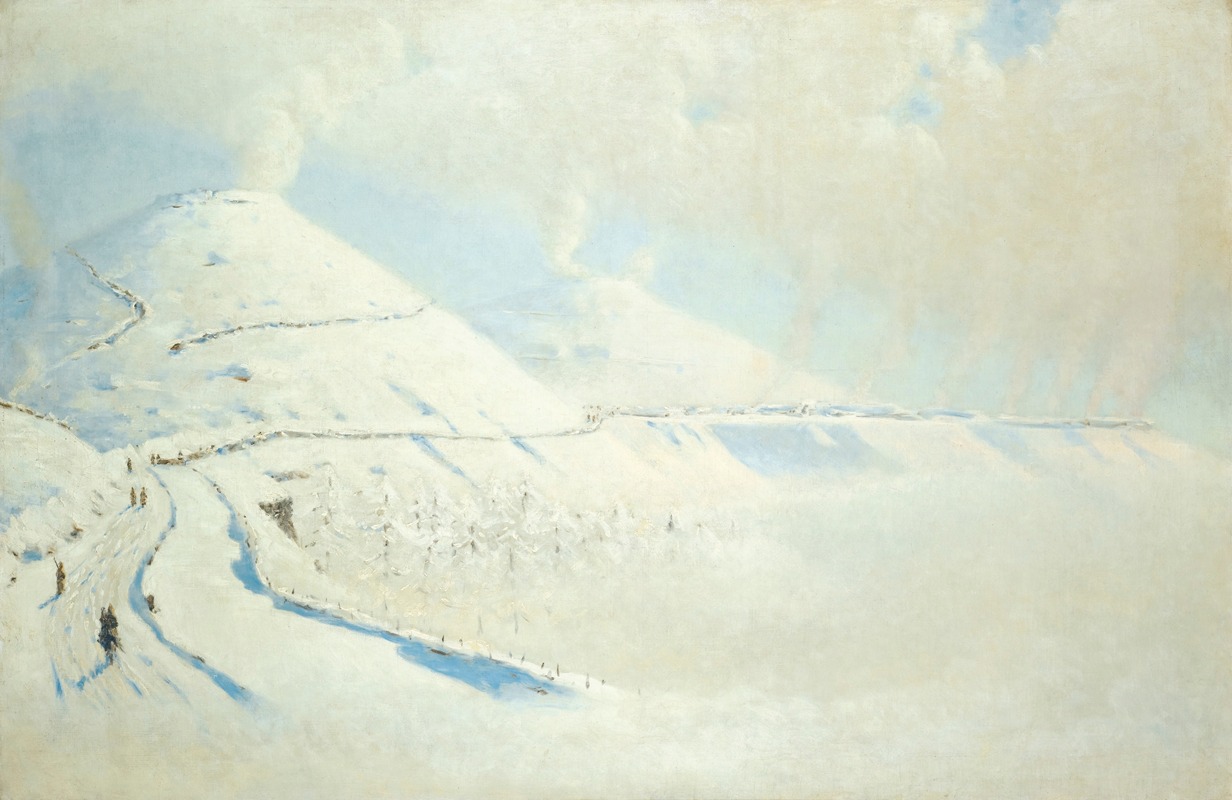
Shipka Pass
A hand-painted replica of Vasily Vereshchagin’s masterpiece Shipka Pass, meticulously crafted by professional artists to capture the true essence of the original. Each piece is created with museum-quality canvas and rare mineral pigments, carefully painted by experienced artists with delicate brushstrokes and rich, layered colors to perfectly recreate the texture of the original artwork. Unlike machine-printed reproductions, this hand-painted version brings the painting to life, infused with the artist’s emotions and skill in every stroke. Whether for personal collection or home decoration, it instantly elevates the artistic atmosphere of any space.
"Shipka Pass" is a painting by the Russian artist Vasily Vereshchagin, renowned for his works depicting war and its consequences. Created in the late 19th century, the painting portrays a scene from the Russo-Turkish War of 1877–1878, a conflict fought between the Russian Empire and the Ottoman Empire. The war was part of a broader struggle for influence in the Balkans and aimed to liberate Balkan nations from Ottoman rule.
The Shipka Pass, located in the Balkan Mountains of Bulgaria, was a strategically significant location during the war. It became the site of a series of fierce battles between Russian and Bulgarian forces on one side and Ottoman forces on the other. These battles, collectively known as the Battle of Shipka Pass, were crucial in determining the outcome of the war. The pass was a key route through the mountains, and control over it was vital for the movement of troops and supplies.
Vereshchagin's painting captures the harsh realities of war in the mountainous terrain. Known for his commitment to realism, Vereshchagin often depicted the brutality and human cost of conflict in his works. "Shipka Pass" is no exception, as it emphasizes the rugged landscape and the challenges faced by soldiers in such an environment. The painting reflects Vereshchagin's broader anti-war stance, which is evident in much of his oeuvre.
While specific details about the creation and current location of "Shipka Pass" are not widely documented, it is consistent with Vereshchagin's approach to war art. He often traveled to battlefields and drew inspiration from firsthand observations. His works were intended to provoke thought and challenge romanticized notions of war, making him a controversial figure in his time.
Vereshchagin's art, including "Shipka Pass," remains significant for its historical and artistic value. It provides insight into the experiences of soldiers and the impact of war on both individuals and landscapes. The painting serves as a reminder of the sacrifices made during the Russo-Turkish War and the broader struggles for independence and sovereignty in the Balkans.





